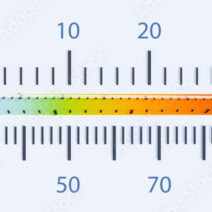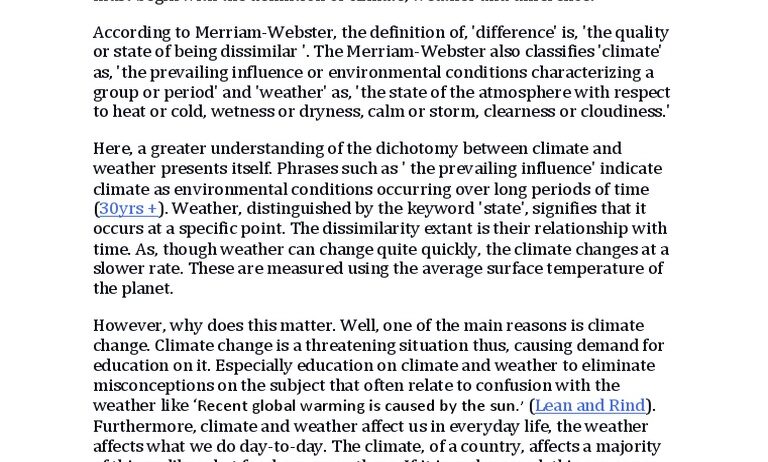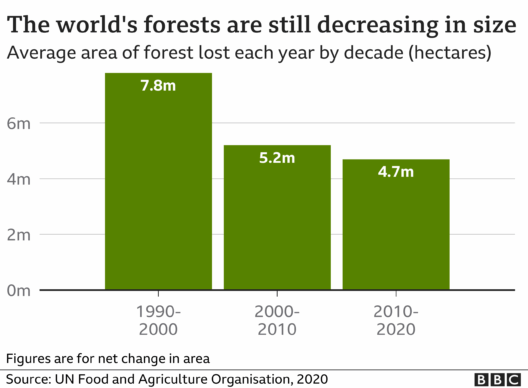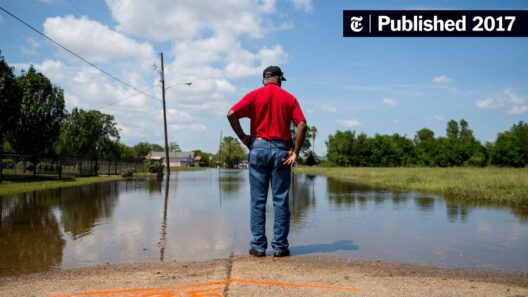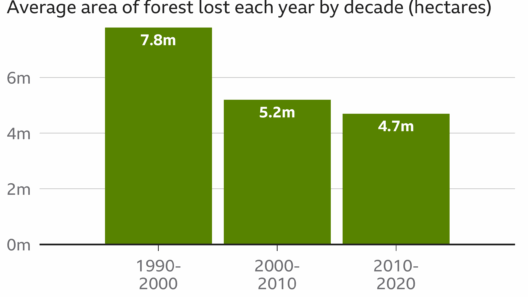Understanding the distinction between weather and climate is pivotal for navigating the complexities of our environmental landscape. As the global conversation surrounding climate change intensifies, it becomes increasingly essential to grasp how these two phenomena differ and intersect. An informed public can address key concerns regarding sustainability, environmental policy, and even individual lifestyle choices. This article aims to elucidate the nuances between weather and climate, providing essential information that may influence decisions at both personal and societal levels.
Before delving into the intricacies of these terms, let’s establish a clear definition of each. Weather refers to the short-term atmospheric conditions in a specific place at a specific time. This includes variables such as temperature, humidity, precipitation, wind speed, and atmospheric pressure. In contrast, climate embodies the long-term patterns and averages of weather over extended periods—typically 30 years or more—across a broader geographic area. Understanding this distinction is key to addressing concerns about climate change, as many mistakenly conflate day-to-day weather fluctuations with long-term climatic trends.
In this guide, we will explore the definitions, implications, and critical concerns associated with both weather and climate. By breaking down these concepts, we can better appreciate the urgency of climate issues and their broader implications for humanity and the planet.
Defining Weather: The Daily Dance of Atmosphere
Weather is dynamic and ever-changing, characterized by a mosaic of variables that interact to shape our immediate environment. It can vary dramatically from one hour to the next or from one day to the next. Rain showers, thunderstorms, blizzards, and heatwaves are all manifestations of weather, affecting our daily lives and activities. Meteorologists use satellite imagery, radar, and weather models to predict weather patterns, allowing individuals and communities to prepare for imminent changes.
One key aspect of weather is its localized nature. While a tropical storm may be wreaking havoc in one region, another area may bask in sunshine with comfortable temperatures. This variability poses unique challenges: planning outdoor events, daily commutes, and even agricultural practices hinge on accurate weather forecasting. Failure to account for sudden weather changes can lead to significant consequences, as seen in agricultural sectors that require detailed planning based on forecasted conditions.
Furthermore, weather phenomena are increasingly influenced by climate change. The frequency and intensity of severe weather events are rising, with consequences that extend beyond immediate discomfort. For instance, extreme heatwaves can lead to public health crises, particularly among vulnerable populations. As such, understanding the interplay between weather and climate is essential for public safety, resource management, and strategic planning.
The Concept of Climate: The Long View
While weather encompasses short-term variations, climate represents the long-term synthesis of these atmospheric conditions. It is an aggregate analysis that informs us about typical weather patterns in different regions, essentially revealing the norms and extremes observed over decades. You might identify a region such as the desert Southwest of the United States as having a semi-arid climate, marked by low precipitation and high temperatures.
Climate isn’t static; it evolves over time due to natural and anthropogenic factors. Variabilities like El Niño and La Niña, alongside human-induced climate change, exert profound effects on global climatic patterns, making it essential to stay informed and vigilant. These changes result in serious implications, including rising sea levels, shifting ecosystems, and altered agricultural zones, demanding immediate attention on local, national, and global scales.
As the climate continues to change, the role of policy becomes critical. Governments, businesses, and individuals must assess their carbon footprints and actively participate in mitigating future climate risks. This awareness is vital for addressing key buyer concerns related to sustainable products, renewable energy solutions, and eco-friendly practices. The connection between climate and decision-making in commerce, agriculture, and urban planning cannot be overstated.
The Interplay Between Weather and Climate: A Dual Narrative
Understanding the relationship between weather and climate is essential for a comprehensive grasp of environmental issues. As climate change engenders more extreme weather events, the boundary between these two concepts becomes increasingly blurred. For instance, an uncharacteristically heavy rainfall event may be attributed to long-term climate trends, yet it remains a weather phenomenon for those experiencing it in real-time.
Moreover, individuals often personalize their understanding of climate based on their immediate weather experiences. A cold snap in the winter may lead someone to question global warming, while a scorching summer could prompt concerns about changing climates. This psychological dimension illustrates the complex challenge of communicating climate science effectively. Education initiatives aimed at clarifying these concepts have become vital for creating a well-informed public capable of engaging in meaningful discourse regarding climate action.
The challenge remains to bridge the gap between immediate weather experiences and long-term climate realities. Policymakers must find ways to encourage sustainable practices while empowering consumers to make informed choices. By fostering awareness, understanding, and proactive behaviors around the interconnectedness of weather and climate, society can better leverage its collective influence in combating the looming threats posed by climate change.
The Road Ahead: Using Knowledge for Empowerment
As we advance in understanding the distinctions between weather and climate, it becomes essential to foster a culture of awareness and responsibility. Individuals, communities, businesses, and governments all have roles to play in responding to the challenges presented by climatic changes. Through education, community involvement, and policy advocacy, we can collectively address key buyer concerns related to sustainability and environmental accountability.
In conclusion, knowing how weather differs from climate is not merely an academic exercise; it is a foundational element for engaging critically with the pressing environmental issues of our time. Be it through adopting eco-friendly practices or participating in legislative advocacy, every effort counts in fostering a sustainable future for generations to come.
